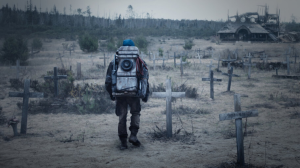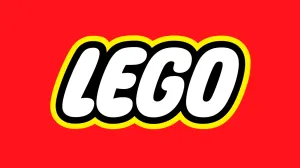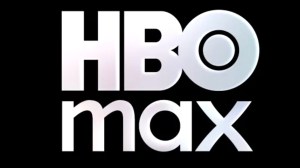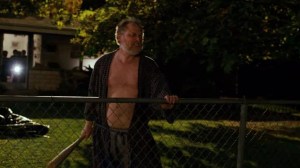To celebrate the hundredth anniversary of Jack Kirby‘s birth, ComicBook.com reached out to dozens of comics luminaries to get their thoughts on “The King.”
Videos by ComicBook.com
The results of those conversations can be found here.
A number of these remarks, including those from Image Comics co-founders Erik Larsen and Rob Liefeld and Wynonna Earp creator Beau Smith, have already been spun out as stand-alone stories, in part because of their length.
Below are comments from Spawn creator Todd McFarlane.
I was born in ’61, so my coming-of-age in comic books was the mid-’70s. At that point, Jack’s star had diminished some, and the new wave of artists had begun. So it started I think with Neal Adams but continued with guys like John Byrne and George Perez and then soon to be Frank Miller.
To me, I was aware of Jack Kirby‘s stuff, but given that the work I was looking at initially as a young collector, some of the old guard, at that point in my life I had no appreciation for. It wasn’t cool, it wasn’t hipster, it didn’t have the flamboyance that some of the new guys had.
It wasn’t until after I broke into comic books and I went back and started looking at guys like Jack and John Romita and Gil Kane, that I was like “Wow.”
It’s not about the drawing style, which is what I got hung up on. Why people have squiggles in their knees? Why do the girls all have bouffant hairdos? That wasn’t what made Jack Kirby great; what made Jack Kirby great was his storytelling and his melodrama.
Comic books are all about melodrama; in fact, I argue that we’re taking a page out of Broadway. Everything is big, it’s flamboyant, and when the moment comes, you have to be able to sell it to the guy who’s in the back row. Everything had to be big and loud, and Jack Kirby did big, loud, melodramatic comic books — which is what superhero comics are — better than everybody.
So I tell people now that Jack Kirby influenced me, and people are like, “Well, your art doesn’t look anything like it.”
No, no, no. I didn’t take his drawing style; I took his grandeur. That’s what I took from his work, the bigness of what he brought to the page. I try to channel it as much as possible.
I think to the new generation, his value — his treasure — is get past the style and look at what he’s telling you. There is nothing that was ever confusing; there is nothing that was ever unclear.
I’ve got to tell you: I’ve employed a lot of young artists and artistically, style-wise, they’re pretty to look at but they can’t tell a f—ing story. It’s almost getting to be a lost craft of telling stories from page to page. They can all do nice covers, they can all do pinups, but they can’t tell a story.
Remember in Jack’s time, there were times when Stan or other writers would barely give him that much story; they would just give him a rough outline and say “go,” and he would have to make it sing. That muscle is not being trained [anymore] becuase the system of getting a rough outline barely exists anymore.
Kirby was a master storyteller, and I’m still jealous of him.








